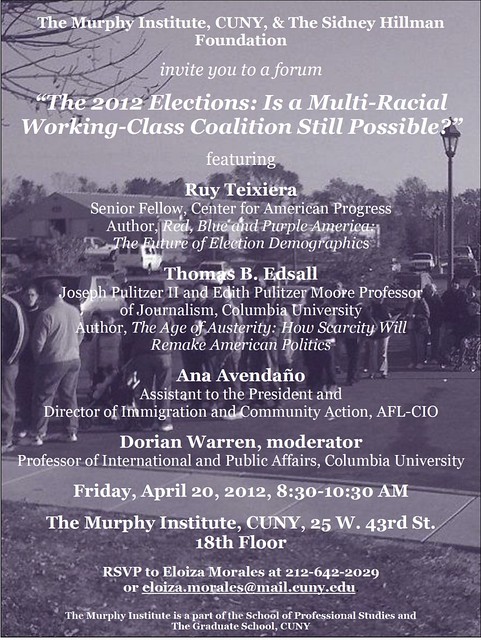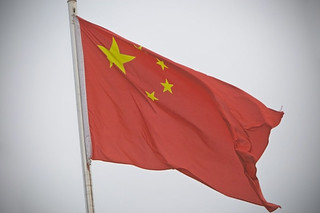For Immediate Release:
The Sidney Hillman Foundation Announces 2012 Hillman Prizes for Excellence in Reporting in Service of the Common Good
Awards Ceremony Tuesday May 1 in New York City
The Sidney Hillman Foundation announced today the winners of the 2012 Hillman Prizes, given to journalists whose work identifies important social and economic issues and helps bring about change for the better.
This year, the Foundation recognized stories about the struggles of families during the recession, fairness in immigration policy, flaws in education reform, contract workers on military bases, farm workers and battered women in prison.
The Hillman Foundation will present its distinguished annual journalism prizes, awarded every year since 1950, at a ceremony and reception at The TimesCenter in Manhattan on May 1st.
This year’s winners are:
Hillman Prize in Book Journalism
Frank Bardacke
Trampling Out the Vintage: Cesar Chavez and the Two Souls of the United Farm Workers, Verso Books
Hillman Prize in Opinion & Analysis Journalism
Ta-Nehisi Coates, The Atlantic
Hillman Prize in Newspaper Journalism
Heather Vogell, Alan Judd, John Perry
“The Atlanta Schools Cheating Scandal,” The Atlanta Journal Constitution
Honorable Mention: Danny Hakim and Russell Buettner, “Abused and Used: At State
Run Homes Abuse and Impunity,” The New York Times
Hillman Prize in Magazine Journalism
Sarah Stillman
“The Invisible Army,” The New Yorker
Hillman Prize in Broadcast Journalism
Yoav Potash
“Crime After Crime,” The Oprah Winfrey Network
Honorable Mention: Anderson Cooper, “Sissy Boy Experiments,” CNN
Hillman Prize in Photojournalism
Katie Falkenberg
“A Lasting Toll,” Los Angeles Times
Honorable mention: Lara Solt, “Unending Battle,” The Dallas Morning News
Hillman Prize in Web Journalism
Seth Freed Wessler
“Thousands of Kids Lost From Parents In U.S. Deportation System,” Colorlines.com
Sol Stetin Award for Labor History
Nelson Lichtenstein
MacArthur Foundation Chair in History
Director of the Center for the Study of Work, Labor and Democracy
University of California, Santa Barbara
Central and influential in the field of labor history. Books include: Walter Reuther: the Most Dangerous Man in Detroit (1996) and State of the Union: A Century of American Labor (2002).
The Foundation also announced a special Officers’ Award given to activist, songwriter, and musician Tom Morello for his commitment to workers’ rights.
Since 1950, the Sidney Hillman Foundation has celebrated the legacy and vision of union pioneer and New Deal architect Sidney Hillman. As founder and president of the Amalgamated Clothing Workers of America, a predecessor union to Workers United, SEIU, and a founder of the Congress of Industrial Organizations (CIO), Hillman is considered one of America’s greatest labor leaders. His tireless efforts to bring dignity and respect to working people left a lasting legacy for the American public.
Past winners include prominent figures in the field, as well as young journalists or publications that have yet to receive adequate recognition. Each winner receives $5,000 and a certificate drawn by Edward Sorel and lettered by Seymour Chwast.
Our distinguished panel of judges consists of Hendrik Hertzberg, senior editor, The New Yorker; Harold Meyerson, editor-at-large, The American Prospect and columnist for the Washington Post; Katrina vanden Heuvel, editor and publisher of The Nation magazine; Susan Meiselas, Magnum photographer; and Rose Marie Arce, senior producer, CNN.
The award ceremony and reception will be held Tuesday, May 1, 2012, 6-9 PM, at The TimesCenter, 242 West 41st Street, New York City.
Follow us on Facebook and Twitter!
Contact:
Julie Sedlis, ChangeCommunications
info@communicatechange.com









